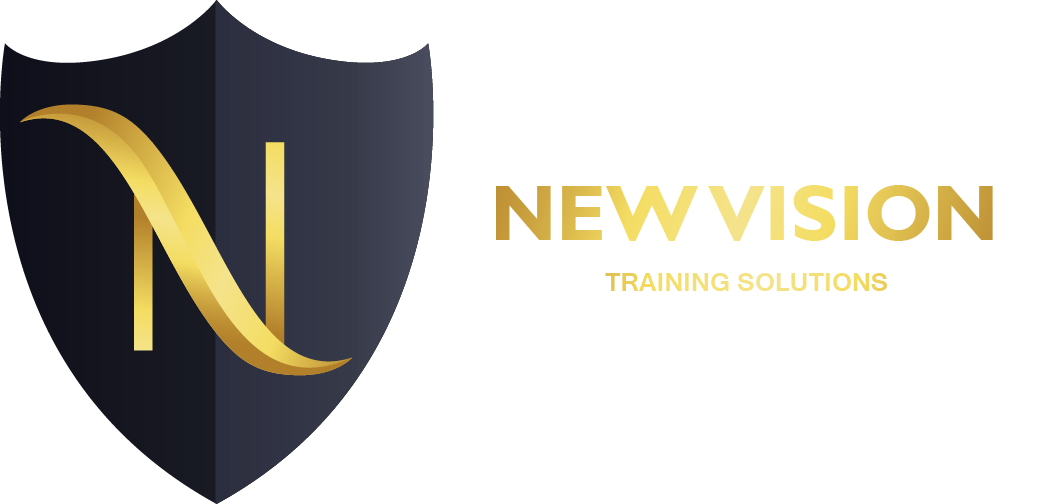Microsoft Azure Architect Technologies

Exam AZ-300
Course outlines
Deploy and Configure Infrastructure (25-30%)
Analyze resource utilization and consumption
- May include but not limited to:Configure diagnostic settings on resources; create baseline for resources; create and rest alerts; analyze alerts across subscription; analyze metrics across subscription; create action groups; monitor for unused resources; monitor spend; report on spend; utilize Log Search query functions; view alerts in Azure Monitor logs
Create and configure storage accounts
- May include but not limited to:Configure network access to the storage account; create and configure storage account; generate shared access signature; install and use Azure Storage Explorer; manage access keys; monitor activity log by using Azure Monitor logs; implement Azure storage replication
Create and configure a Virtual Machine (VM) for Windows and Linux
- May include but not limited to:Configure high availability; configure monitoring, networking, storage, and virtual machine size; deploy and configure scale sets
Automate deployment of Virtual Machines (VMs)
- May include but not limited to:Modify Azure Resource Manager template; configure location of new VMs; configure VHD template; deploy from template; save a deployment as an Azure Resource Manager template; deploy Windows and Linux VMs
Implement solutions that use virtual machines (VM)
- May include but not limited to:Provision VMs; create Azure Resource Manager templates; configure Azure Disk Encryption for VMs
Create connectivity between virtual networks
- May include but not limited to:Create and configure VNET peering; create and configure VNET to VNET; verify virtual network connectivity; create virtual network gateway
Implement and manage virtual networking
- May include but not limited to:Configure private and public IP addresses, network routes, network interface, subnets, and virtual network
Manage Azure Active Directory (AD)
- May include but not limited to:Add custom domains; configure Azure AD Identity Protection, Azure AD Join, and Enterprise State Roaming; configure self-service password reset; implement conditional access policies; manage multiple directories; perform an access review
Implement and manage hybrid identities
- May include but not limited to:Install and configure Azure AD Connect; configure federation and single sign-on; manage Azure AD Connect; manage password sync and write back
Implement Workloads and Security (20-25%)
Migrate servers to Azure
- May include but not limited to:Migrate by using Azure Site Recovery; migrate using P2V; configure storage; create a backup vault; prepare source and target environments; backup and restore data; deploy Azure Site Recovery agent; prepare virtual network
Configure server less computing
- May include but not limited to:Create and manage objects; manage a Logic App resource; manage Azure Function app settings; manage Event Grid; manage Service Bus
Implement application load balancing
- May include but not limited to:Configure application gateway and load balancing rules; implement front end IP configurations; manage application load balancing
Integrate on-premises network with Azure virtual network
- May include but not limited to:Create and configure Azure VPN Gateway; create and configure site to site VPN; configure ExpressRoute; verify on-premises connectivity; manage on-premises connectivity with Azure
Manage role-based access control (RBAC)
- May include but not limited to:Create a custom role; configure access to Azure resources by assigning roles; configure management access to Azure; troubleshoot RBAC; implement RBAC policies; assign RBAC roles
Implement Multi-Factor Authentication (MFA)
- May include but not limited to:Enable MFA for an Azure tenant; configure user accounts for MFA; configure fraud alerts; configure bypass options; configure trusted IPs; configure verification methods; manage role-based access control (RBAC); implement RBAC policies; assign RBAC Roles; create a custom role; configure access to Azure resources by assigning roles; configure management access to Azure
Create and Deploy Apps (5-10%)
Create web apps by using PaaS
- May include but not limited to:Create an Azure App Service Web App; create documentation for the API; create an App Service Web App for containers; create an App Service background task by using Web Jobs; enable diagnostics logging
Design and develop apps that run in containers
- May include but not limited to:Configure diagnostic settings on resources; create a container image by using a Docker file; create an Azure Kubernetes Service; publish an image to the Azure Container Registry; implement an application that runs on an Azure Container Instance; manage container settings by using code
Implement Authentication and Secure Data (5-10%)
Implement authentication
- May include but not limited to:Implement authentication by using certificates, forms-based authentication, tokens, or Windows-integrated authentication; implement multi-factor authentication by using Azure AD; implement OAuth2 authentication; implement Managed identities for Azure resources Service Principal authentication
Implement secure data solutions
- May include but not limited to:Encrypt and decrypt data at rest and in transit; encrypt data with Always Encrypted; implement Azure Confidential Compute and SSL/TLS communications; create, read, update, and delete keys, secrets, and certificates by using the KeyVault API
Develop for the Cloud and for Azure Storage (20-25%)
Develop solutions that use Cosmos DB storage
- May include but not limited to:Create, read, update, and delete data by using appropriate APIs; implement partitioning schemes; set the appropriate consistency level for operations
Develop solutions that use a relational database
- May include but not limited to:Provision and configure relational databases; configure elastic pools for Azure SQL Database; create, read, update, and delete data tables by using code
Configure a message-based integration architecture
- May include but not limited to:Configure an app or service to send emails, Event Grid, and the Azure Relay Service; create and configure Notification Hub, Event Hub, and Service Bus; configure queries across multiple products
Develop for auto scaling
- May include but not limited to:Implement auto scaling rules and patterns (schedule, operational/system metrics, code that addresses singleton application instances); implement code that addresses transient state
Course Features
- Lectures 0
- Quizzes 0
- Skill level All levels
- Language English
- Students 0
- Assessments Yes





